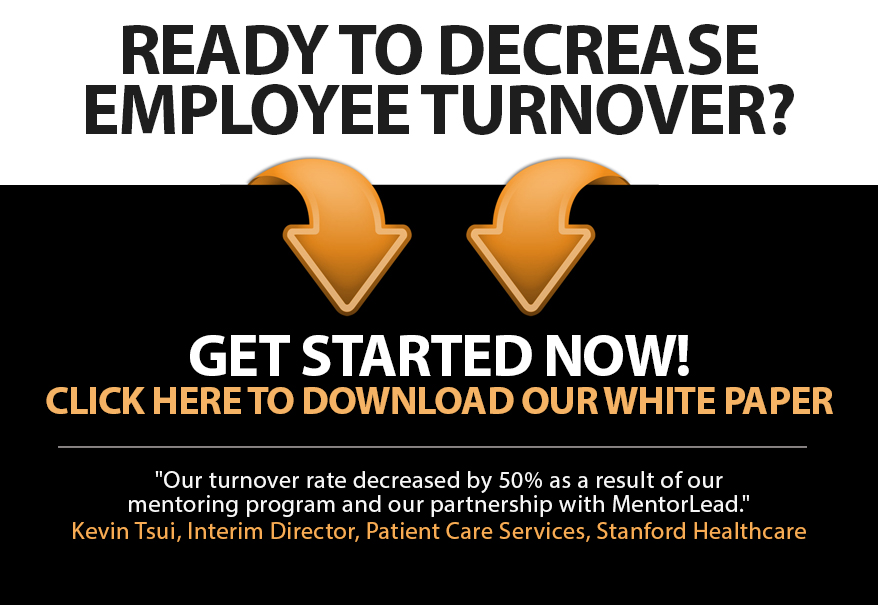
[Flash] Dip Dig and Dive
| I met one of my favorite people on a weeklong charity bike ride down the coast of California. Elaine and I had each signed up for the adventure, not knowing each other or anyone else. On Day 1, just south of San Francisco, we serendipitously met cycling through a neighborhood, and we didn’t stop talking until we made it to LA on Day 7.
But it wasn’t my prolific conversation skills that bonded us so quickly – it was all Elaine. Elaine is masterful at the Dip-Dig-Dive. She dips into a conversation, digs deeper for understanding, and then dives in to learn about a person’s experience. Harvard affirmed Elaine’s approach in a 2017 study that concluded we could increase our likeability by asking a question and at least two follow-up questions. Asking a question is easy. People dip into conversations constantly: “How are you?” “What’s new?” “What do you do?” But due to low confidence, high ego, or poor attention skills, most people quickly shift the topic to themselves or something else. People seldom dig deeper to understand. And they hardly ever dive in to fully grasp and appreciate another person’s perspectives and experiences. But it’s impossible to be a meaningful mentor, a better boss, or a full friend if we lack curiosity, understanding, and appreciation. Dip-Dig-Dive requires intentionality – we must deliberately help other people talk about themselves and then actively (and authentically!) listen to respond and engage. Naturally, this approach expands our awareness and empathy. And when we lean into Dip-Dig-Dive, we validate the other person, helping them feel good about themselves, which trips their brain’s dopamine. Inevitably, they attribute feeling significant to our genuine desire to know them. While it’s tempting to cite the “you-had-me-at-hello” feeling, notice how this practice creates chemistry and accelerates trust with others. When you’re establishing new relationships as a learning buddy, a mentoring partner, or a leader, use Dip-Dig-Dive to slow down the conversation and speed up the connection. © 2021. Ann Tardy and Mentor Lead. www.mentorlead.com | www.anntardy.com |








